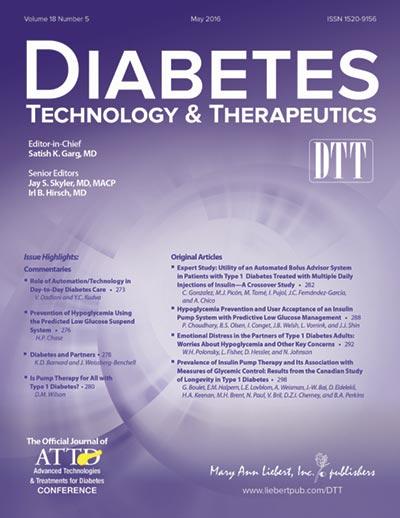May 2008 - For patients with type 1 diabetes and end-stage renal disease (ESRD), simultaneous kidney-pancreas transplantation increases the chances of long-term survival compared to kidney transplantation alone, reports a study in the August 2008 issue of Journal of the American Society of Nephrology (JASN).
"Based on these results, we feel that all type 1 diabetics with kidney failure should be considered for simultaneous pancreas-kidney transplantation," comments Dr. Christian Morath of the University of Heidelberg, Germany.
Dr. Morath and colleagues analyzed the long-term outcomes of more than 11,000 patients with type 1 diabetes and ESRD who received a kidney transplant between 1984 and 2000. About 3,500 patients underwent simultaneous transplantation of the pancreas and kidney from a deceased donor. The remaining patients received a kidney only, from either a living or deceased donor.
Patient survival and survival of the transplanted kidney were evaluated after up to 18 years of follow-up. The goal was to see how adding pancreas transplantation to kidney transplantation affected the long-term outcomes.
Both patient and kidney survival were better for patients undergoing pancreas-kidney transplant or living-donor kidney transplant, compared to deceased-donor kidney transplant. At first, kidney survival rates were best for patients who received living-donor kidney transplants. However, by the end of the follow-up period, kidney survival rates were essentially the same for the pancreas-kidney and living-donor kidney groups.
Continue Reading Below ↓↓↓
When adjusted for other factors, patients receiving simultaneous pancreas-kidney transplants had better long-term survival. Beyond 10 years, the risk of death was 45 percent lower in the pancreas-kidney group than in the living-donor kidney group. The gain in survival with pancreas-kidney transplantation largely reflected a lower risk of death from cardiovascular disease: 37 percent, compared with 46 to 49 percent in patients receiving kidney transplants only.
For all groups, survival rates were better for patients transplanted after 1990. This finding reflected advances in transplantation surgery and anti-rejection therapy.
ESRD is a major complication of type 1 diabetes, previously called "juvenile" or "insulin-dependent" diabetes. Over the past two decades, combined pancreas-kidney transplantation has emerged as a treatment alternative for type 1 diabetics with ESRD. If successful, the pancreas transplant "cures" the diabetes�patients usually no longer need to take insulin (although they must take medications to prevent rejection of the transplanted organs).
"Our study shows that a functioning pancreas has a benefit for the simultaneously transplanted kidney," says Dr. Morath. "At the same time, this procedure prolongs the survival of the patient, compared to a patient who received only a kidney transplant."
The improvement in survival appears to result from a lower rate of cardiovascular deaths in patients undergoing pancreas-kidney transplantation. "The reduced cardiovascular mortality is most likely due to the normoglycemia [normal blood sugar levels] in patients who received a combined transplant," adds Dr. Morath. "The results show an interaction of different and independent organs�kidney, pancreas, and heart�with respect to survival of the patient."
Given the long-term improvement in survival, combined pancreas-kidney transplantation should be considered in every patient with type 1 diabetes and ESRD. Dr. Morath and colleagues believe. "In addition, research should focus on methods which are able to normalize blood glucose [sugar] levels in type 1 diabetic patients, such as islet cell transplantation."
The study entitled, "Metabolic Control Improves Long-Term Renal Allograft and Patient Survival in Type 1 Diabetes," is available online at http://jasn.asnjournals.org and in print in the August issue of JASN.
Source: American Society of Nephrology (ASN)











